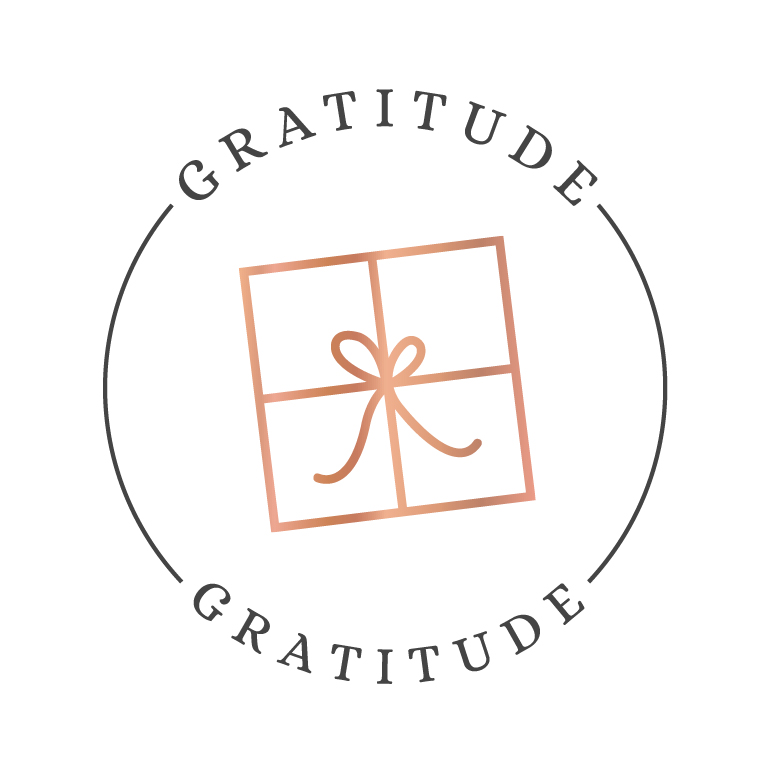Feed Your Obsession
Tucked away in a private 1.5 hectare oasis, near Piroa Falls in Waipu, Northland is our very own local Roastery, Air Coffee.
Meet Walter, specialty coffee Roaster and Taster at Air Coffee and supplier of our increasingly popular Mocha gift boxes. In a Mud brick house surrounded by luscious Manuka and Nikau , Walter makes us a “pour over” coffee while we sit down for a chin wag.
Walter, Air Coffee
How did Air Coffee come about?
I’ve always loved only good coffee, and started roasting with a small 1kg roaster until when my father passed away a few years ago, I bought a Sivetz coffee roaster machine with the inheritance. Im not interested in supermarket type coffee brands as most coffee comes from the same source, re-marketed and rebranded as fair trade and organic, its a lot of people doing the same thing.
How is Air Coffee different?
The beans I roast are fresh, organic, single-farm, no chemicals and imported from Columbia through importer Hannah Hopcroft. Most people haven’t tasted fresh specialty coffee. It tastes a bit like tea more than coffee in that you can taste the freshness of the beans and it’s not bitter like a lot of coffee. I only use fully compostable packaging and labels too, perfect for Gratitude’s eco friendly gift boxes.
So, all this equipment looks pretty full on, how does the coffee roasting process work?
Yeah it’s not that glamorous actually, more like big boys toys….the roaster is fast and hot and the process is digitally tracked to produce consistent results and THE best coffee. The massive burner and blowers are so loud you need earmuffs. There’s an automatic cut off if the temperature goes too high and a probe that measures pressure, which means if there is no pressure the fans won’ come on. 35kg of coffee beans is enough for around 2-3 roasts.
How the roaster works is by the burner firing flames at 200* celcius in to the inlet. There is a blower underneath where the beans go in and get blown around in a circle. The air gets blown out of the flue at the top. Coffee is a bit like popcorn, it cracks and the chaffe (husk) comes off, and then it expands. The time after it cracks is called the development time ratio (DTR).
Walter keeps his DTR at around 15% which makes a medium expresso and not too dark. Walter also roast hazelnuts as he says they have similar characteristics to coffee. The chaffe (bean and hazelnut husk) is then distributed around trees on the property which means there is zero waste.
Do you have a favourite coffee?
Probably the pour over especially in summer. Its like a drip coffee with out the milk. Often, if you leave the beans for a month after roasting, you can really taste the fruitiness in the background of a pour over coffee. I use scales to get the water to coffee ratio just right, the filter sits on top of your mug and just pour the hot water over. Easy! I also sell kettles on my website that enables you to set your preferred temperature which is great.
To experience a taste of a specialty, freshly roasted coffee, you can find Walter and Air Coffee at the Mangawhai Tavern Market most Saturdays or visit his website https://aircoffee.nz. If you have a passion for great coffee, you wont be dissapointed.




